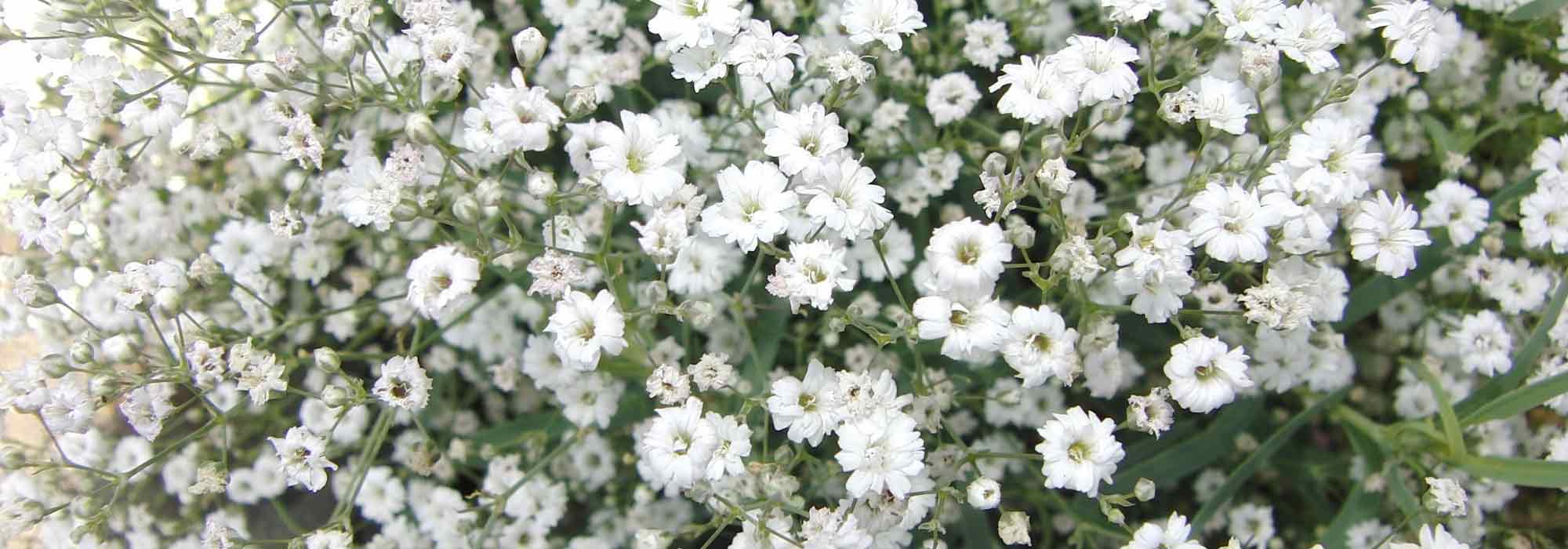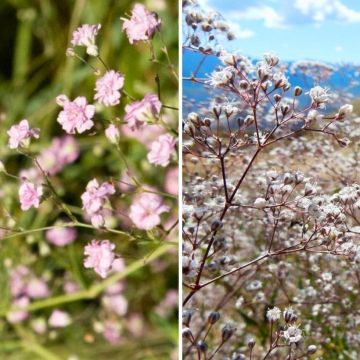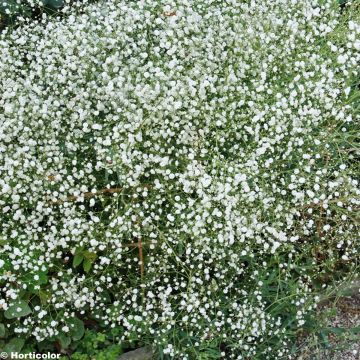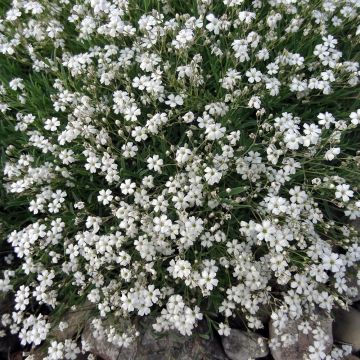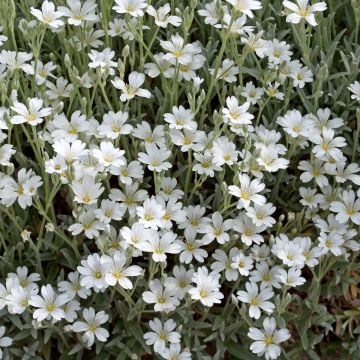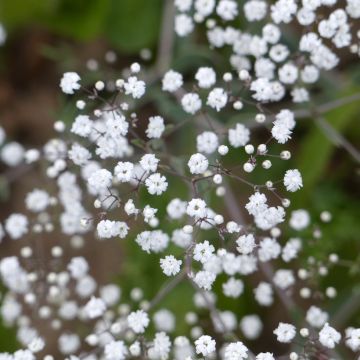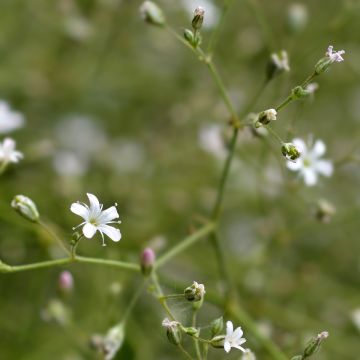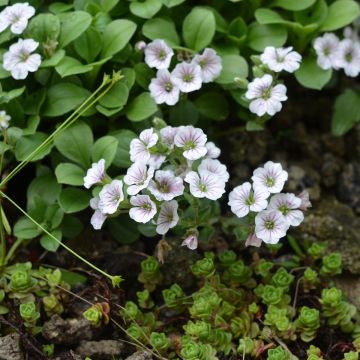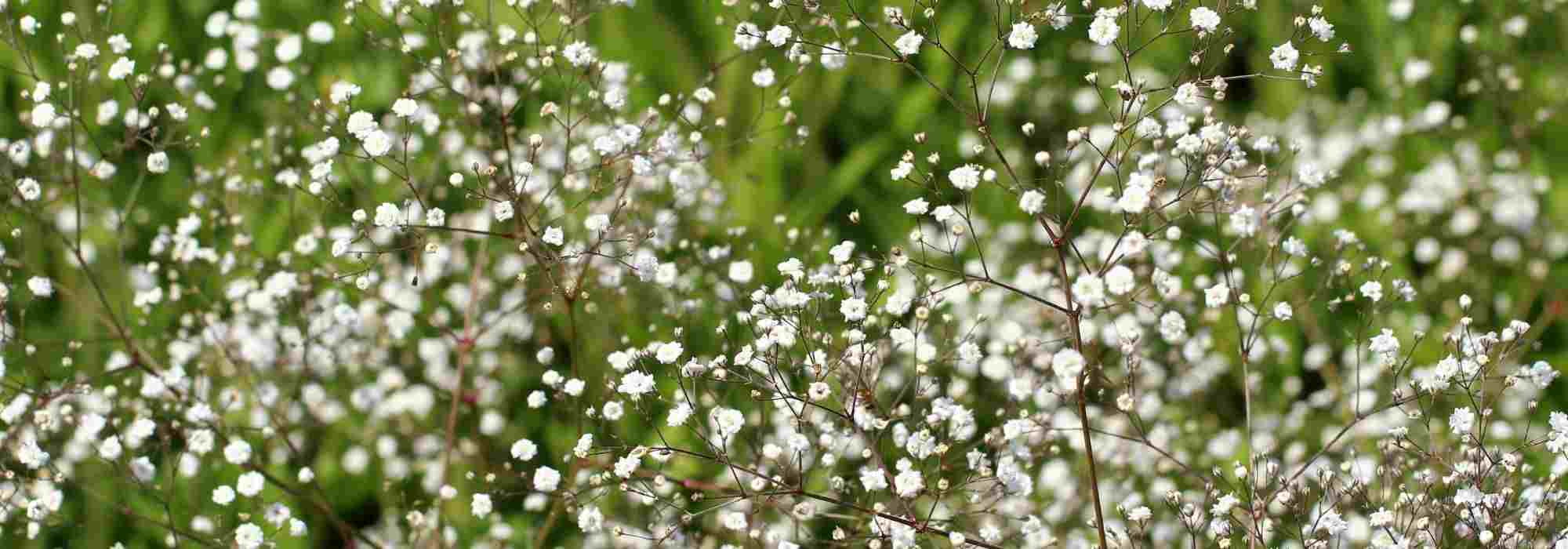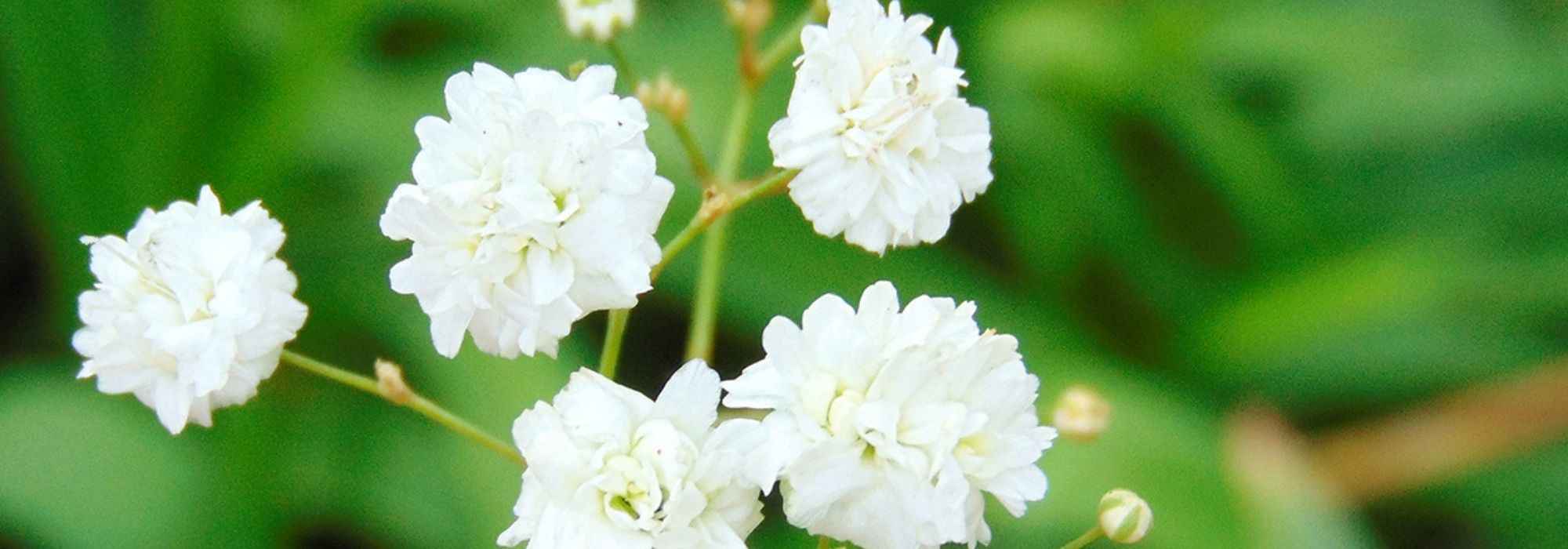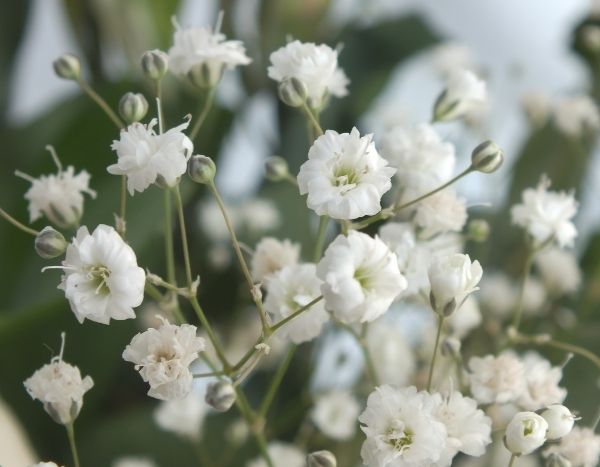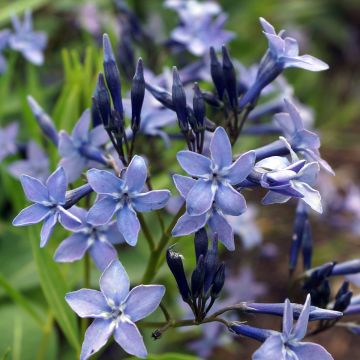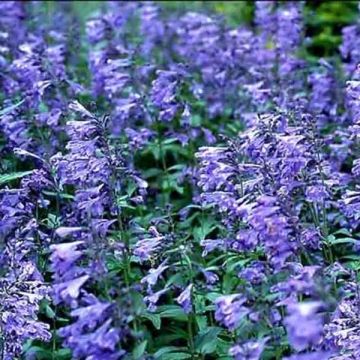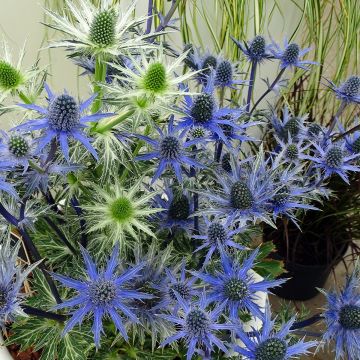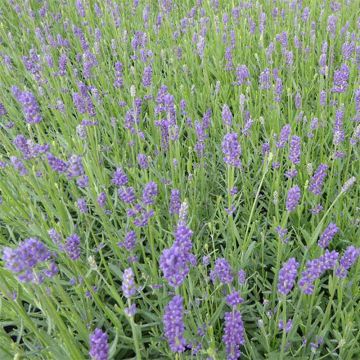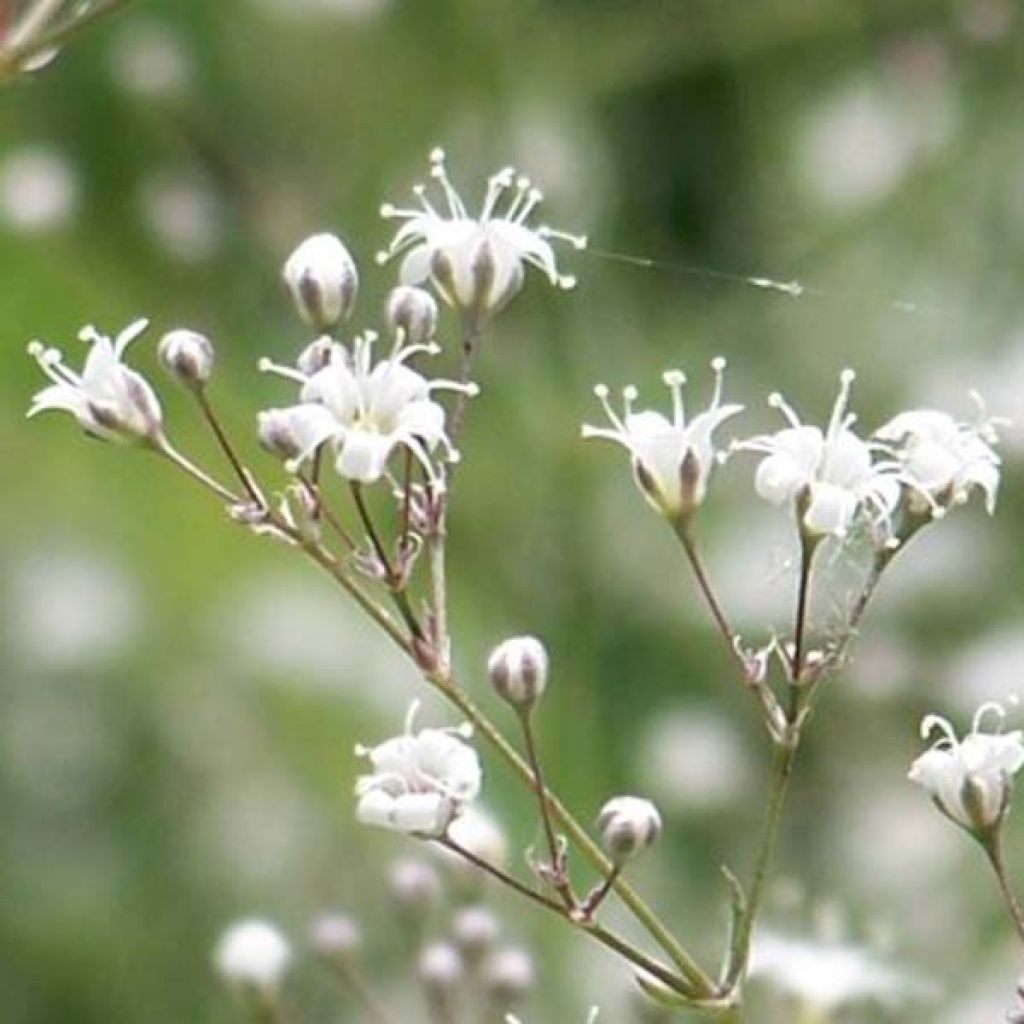

Gypsophila paniculata White Festival
View more pictures
Hide images
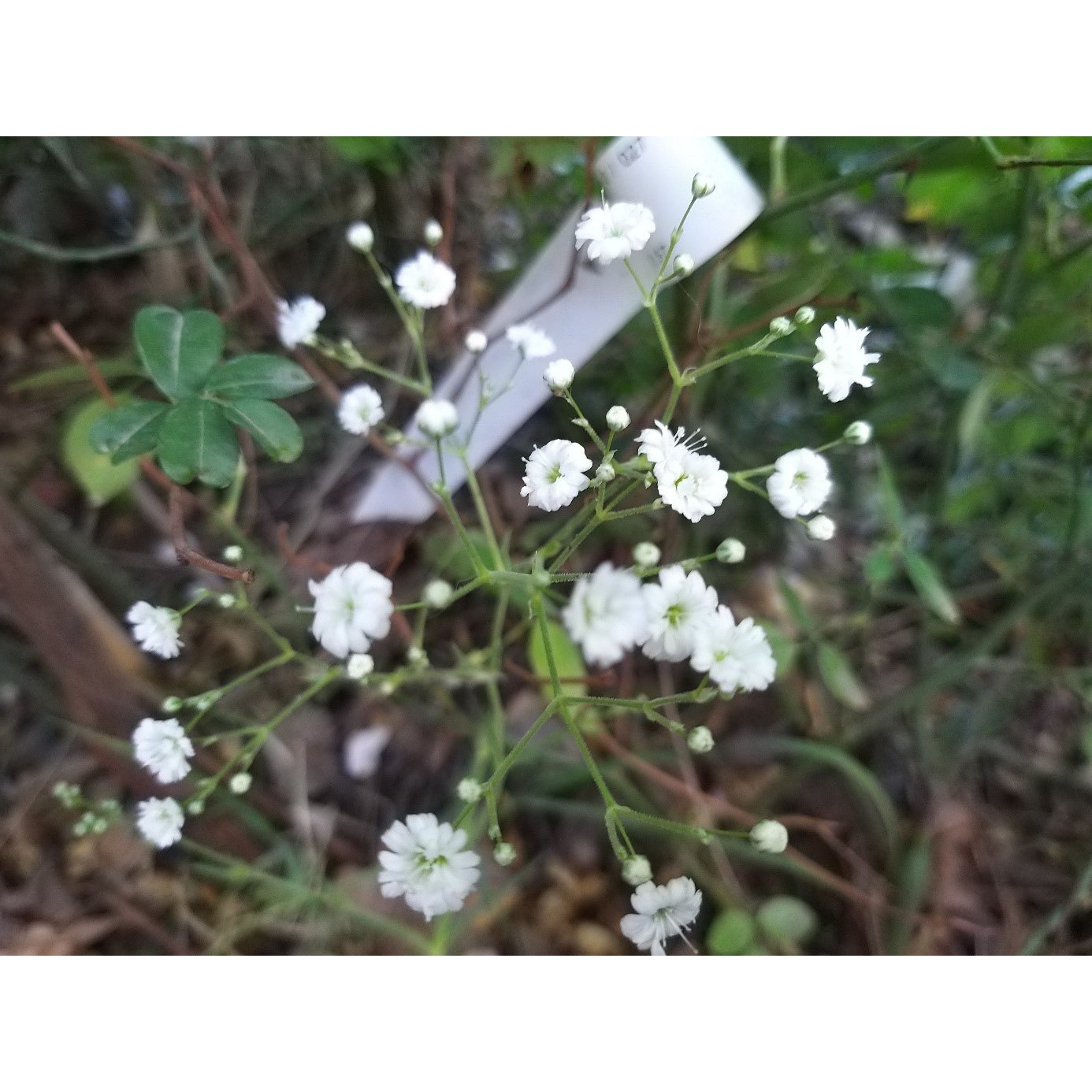
Thierry P.

N/A
Thierry P. • 84 FR
Gypsophila paniculata White Festival
Gypsophila x paniculata White Festival
Baby's Breath
Hello Madam, Sir, After thinking it over, I would like a refund for this young plant. It is a bit late now to plant it. Thank you for taking the necessary steps. Kind regards, Elisabeth WURTH
Elisabeth, 06/06/2020
Special offer!
Receive a €20 voucher for any order over €90 (excluding delivery costs, credit notes, and plastic-free options)!
1- Add your favorite plants to your cart.
2- Once you have reached €90, confirm your order (you can even choose the delivery date!).
3- As soon as your order is shipped, you will receive an email containing your voucher code, valid for 3 months (90 days).
Your voucher is unique and can only be used once, for any order with a minimum value of €20, excluding delivery costs.
Can be combined with other current offers, non-divisible and non-refundable.
Home or relay delivery (depending on size and destination)
Schedule delivery date,
and select date in basket
This plant carries a 12 months recovery warranty
More information
We guarantee the quality of our plants for a full growing cycle, and will replace at our expense any plant that fails to recover under normal climatic and planting conditions.
Would this plant suit my garden?
Set up your Plantfit profile →
Description
Gypsophila 'White Festival' is a new variety of hybrid gypsophila that is particularly floriferous. Its long-lasting summer flowering consists of delicate semi-double white flowers, gathered in airy bouquets, towering over a cushion of narrow, bluish-green leaves. Like all gypsophilas, it thrives in full sun and requires a porous, well-drained soil, preferably limestone. A water-efficient perennial, full of poetry, excellent in borders, pots, or vases. Combine it with your most beautiful roses or bellflowers.
Gypsophila 'White Festival' belongs to the Caryophyllaceae family. It is a horticultural hybrid from the improved 'Festival' series, resulting from the cross-breeding of Gypsophila paniculata and G. repens. Gypsophilas are sun-loving plants, native to central and eastern Europe and the eastern Mediterranean basin. They are found on rocky and dry slopes, on limestone terrain. These herbaceous plants are perennials, with a deep root system that allows them to anchor deeply in the soil and draw some moisture from it. They do not like to be moved.
'White Festival' first develops a tuft of leafy, carpet-like, and dense stems, forming a cushion. Its adult size will reach 60-70 cm (24-28in) in height when in bloom, and it will gradually spread to 50 cm (20in) in width, or even more. The flowers keep appearing from June-July to September if the soil remains somewhat moist. They are in the form of numerous, more or less, double white flowers. The flowers are organised in large, intensely branched panicles, and the whole disappears under a mist that is both very bright and extremely light. The deciduous to semi-evergreen foliage in winter, of a medium bluish-green colour, consists of small, fleshy, linear leaves, 1 to 3 cm (1in) long. It is carried by initially prostrate, then ascending stems.
Gypsophila 'White Festival' has its place in rock gardens, light and well-exposed borders, among shrubby salvias, old roses, and perennials such as Oriental poppy or Gaura. This plant particularly enhances perennials with large flowers such as certain daylilies or lilies. It is superb next to shrubby mallows, double-flowered Hibiscus syriacus, compact buddleias... It also adapts very well to containers and flower pots. Finally, it is a very pretty flower for dried or fresh bouquets.
Gypsophila paniculata White Festival in pictures
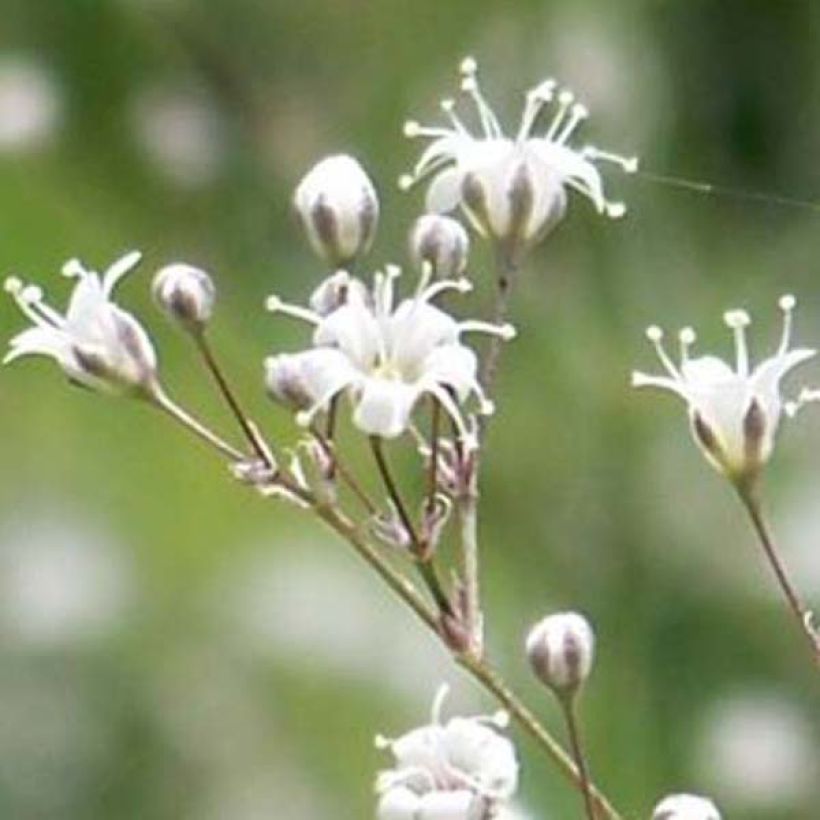

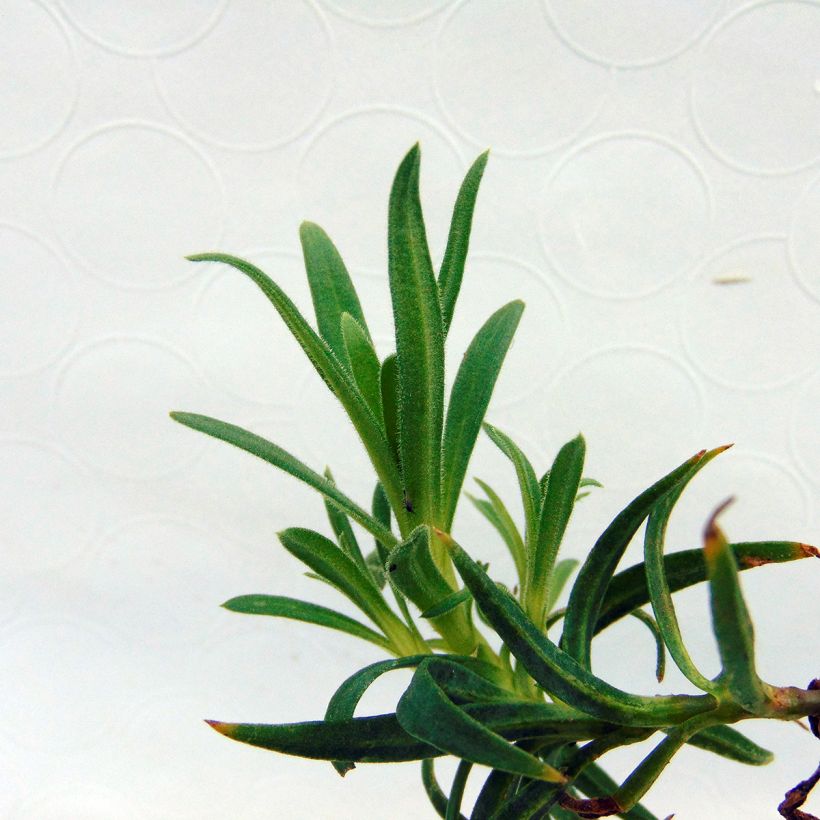

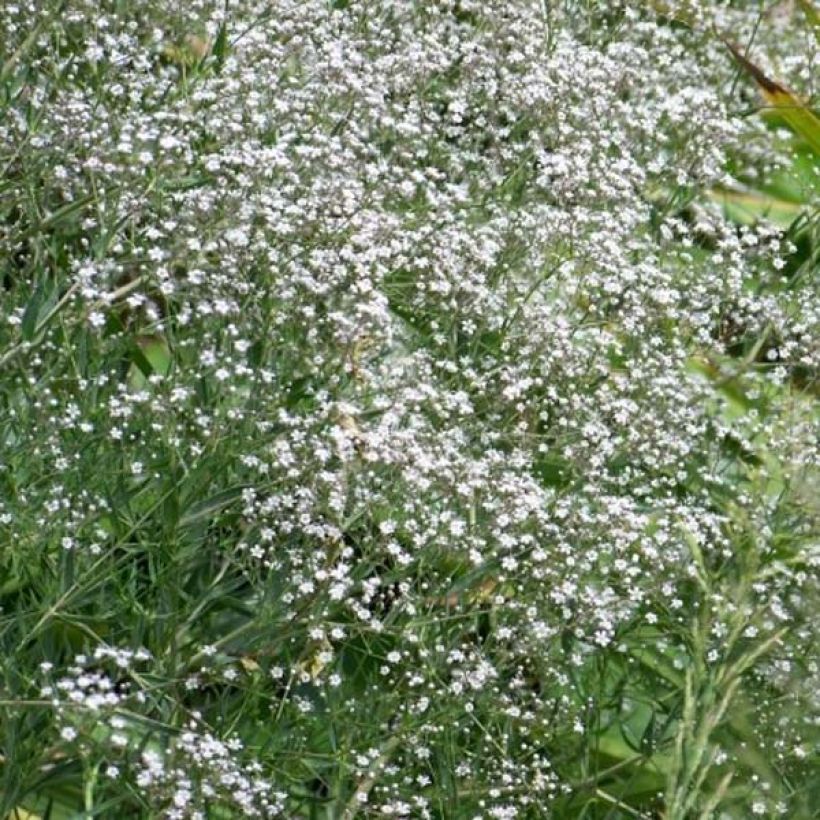

Flowering
Foliage
Plant habit
Botanical data
Gypsophila
x paniculata
White Festival
Cryophyllaceae
Baby's Breath
Cultivar or hybrid
Other Gypsophila
View all →Planting and care
Gypsophila will thrive in rockeries or in a raised and well-drained bed, but it would also thrive in rocky and poor soil if it is deep enough to accommodate its long roots. Plant it in deep, porous, dry to moist soil, and above all, very well-drained soil. A limestone or neutral soil will be very suitable, acidic soils should be avoided. Waterlogged soil in winter can greatly harm it by causing root rot and therefore greatly reduce its resistance to cold. A gravel-rich soil gives good results. This plant requires a very sunny but not scorching position. It does not like to be moved, as it has a delicate fleshy taproot, and for this reason, its planting location must be carefully chosen. Prune the plant after flowering and regularly remove faded flowers.
Check for snails and slugs in spring.
Planting period
Intended location
Care
Planting & care advice
-
, onOrder confirmed
Reply from on Promesse de fleurs
Similar products
Haven't found what you were looking for?
Hardiness is the lowest winter temperature a plant can endure without suffering serious damage or even dying. However, hardiness is affected by location (a sheltered area, such as a patio), protection (winter cover) and soil type (hardiness is improved by well-drained soil).

Photo Sharing Terms & Conditions
In order to encourage gardeners to interact and share their experiences, Promesse de fleurs offers various media enabling content to be uploaded onto its Site - in particular via the ‘Photo sharing’ module.
The User agrees to refrain from:
- Posting any content that is illegal, prejudicial, insulting, racist, inciteful to hatred, revisionist, contrary to public decency, that infringes on privacy or on the privacy rights of third parties, in particular the publicity rights of persons and goods, intellectual property rights, or the right to privacy.
- Submitting content on behalf of a third party;
- Impersonate the identity of a third party and/or publish any personal information about a third party;
In general, the User undertakes to refrain from any unethical behaviour.
All Content (in particular text, comments, files, images, photos, videos, creative works, etc.), which may be subject to property or intellectual property rights, image or other private rights, shall remain the property of the User, subject to the limited rights granted by the terms of the licence granted by Promesse de fleurs as stated below. Users are at liberty to publish or not to publish such Content on the Site, notably via the ‘Photo Sharing’ facility, and accept that this Content shall be made public and freely accessible, notably on the Internet.
Users further acknowledge, undertake to have ,and guarantee that they hold all necessary rights and permissions to publish such material on the Site, in particular with regard to the legislation in force pertaining to any privacy, property, intellectual property, image, or contractual rights, or rights of any other nature. By publishing such Content on the Site, Users acknowledge accepting full liability as publishers of the Content within the meaning of the law, and grant Promesse de fleurs, free of charge, an inclusive, worldwide licence for the said Content for the entire duration of its publication, including all reproduction, representation, up/downloading, displaying, performing, transmission, and storage rights.
Users also grant permission for their name to be linked to the Content and accept that this link may not always be made available.
By engaging in posting material, Users consent to their Content becoming automatically accessible on the Internet, in particular on other sites and/or blogs and/or web pages of the Promesse de fleurs site, including in particular social pages and the Promesse de fleurs catalogue.
Users may secure the removal of entrusted content free of charge by issuing a simple request via our contact form.
The flowering period indicated on our website applies to countries and regions located in USDA zone 8 (France, the United Kingdom, Ireland, the Netherlands, etc.)
It will vary according to where you live:
- In zones 9 to 10 (Italy, Spain, Greece, etc.), flowering will occur about 2 to 4 weeks earlier.
- In zones 6 to 7 (Germany, Poland, Slovenia, and lower mountainous regions), flowering will be delayed by 2 to 3 weeks.
- In zone 5 (Central Europe, Scandinavia), blooming will be delayed by 3 to 5 weeks.
In temperate climates, pruning of spring-flowering shrubs (forsythia, spireas, etc.) should be done just after flowering.
Pruning of summer-flowering shrubs (Indian Lilac, Perovskia, etc.) can be done in winter or spring.
In cold regions as well as with frost-sensitive plants, avoid pruning too early when severe frosts may still occur.
The planting period indicated on our website applies to countries and regions located in USDA zone 8 (France, United Kingdom, Ireland, Netherlands).
It will vary according to where you live:
- In Mediterranean zones (Marseille, Madrid, Milan, etc.), autumn and winter are the best planting periods.
- In continental zones (Strasbourg, Munich, Vienna, etc.), delay planting by 2 to 3 weeks in spring and bring it forward by 2 to 4 weeks in autumn.
- In mountainous regions (the Alps, Pyrenees, Carpathians, etc.), it is best to plant in late spring (May-June) or late summer (August-September).
The harvesting period indicated on our website applies to countries and regions in USDA zone 8 (France, England, Ireland, the Netherlands).
In colder areas (Scandinavia, Poland, Austria...) fruit and vegetable harvests are likely to be delayed by 3-4 weeks.
In warmer areas (Italy, Spain, Greece, etc.), harvesting will probably take place earlier, depending on weather conditions.
The sowing periods indicated on our website apply to countries and regions within USDA Zone 8 (France, UK, Ireland, Netherlands).
In colder areas (Scandinavia, Poland, Austria...), delay any outdoor sowing by 3-4 weeks, or sow under glass.
In warmer climes (Italy, Spain, Greece, etc.), bring outdoor sowing forward by a few weeks.






























